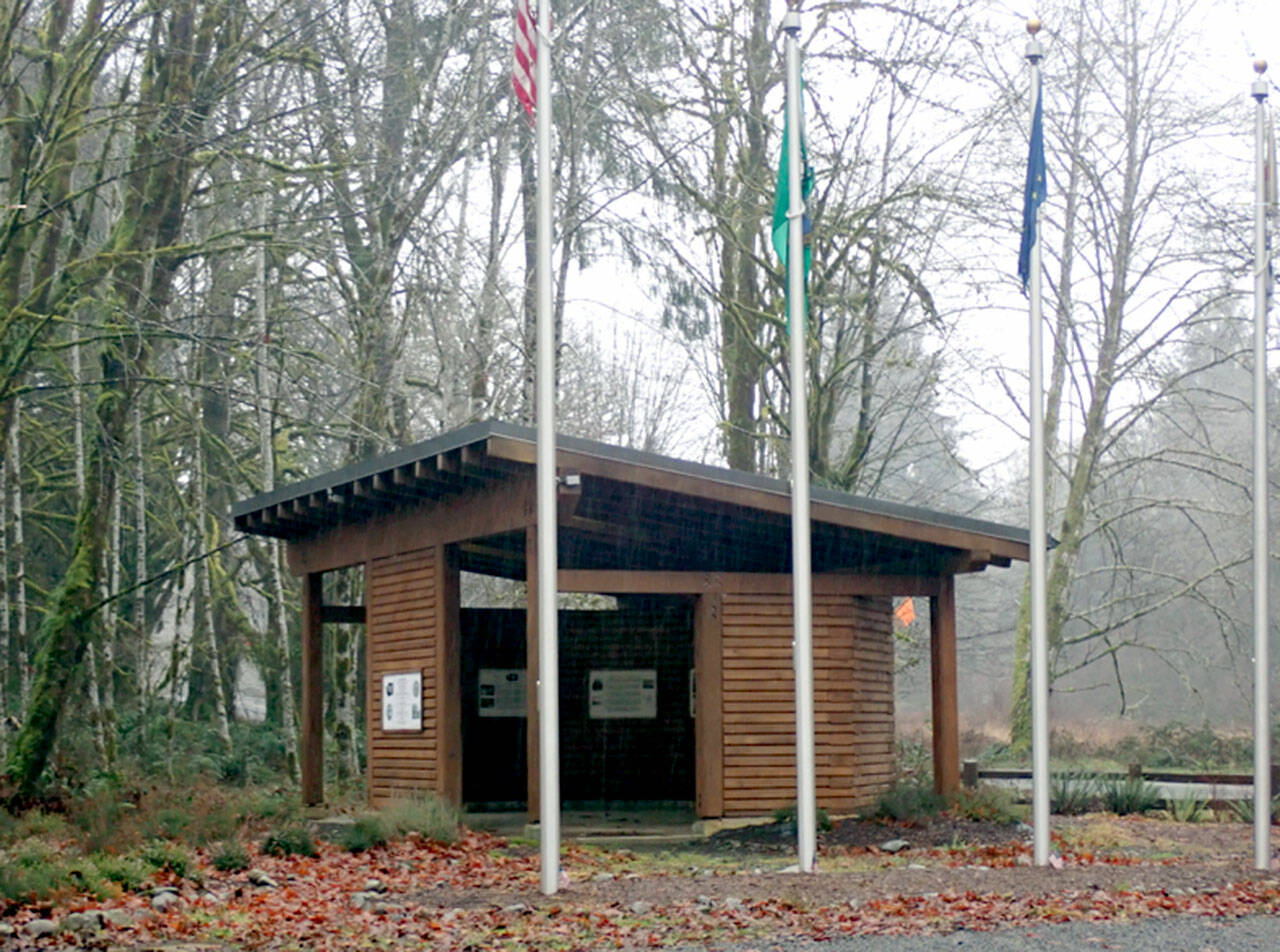Those crazy Russians are at it again. In 2022, Russia made itself the laughing stock of the civilized world by suggesting a restoration of its former territories. Jump ahead to Jan. 19, 2024, when Russia’s state-owned newspaper TASS reported Russia was going to allocate funds that would ensure legal protection for property of the former Soviet Union and the Tsarist Regime.
This scheme was presented as a form of reparations due from the damage of sanctions imposed upon Russia. These tenuous land claims would include, but are not limited to, Alaska, parts of eastern and central Europe, parts of central Asia and areas in Scandinavia. But that’s not all.
The Russians are also talking about Fort Ross in California and Hawaii. All of which has the people on the Hoh River a little nervous.
This all started in 1741, when Vitus Bering, a Dane working for Russia, discovered the coast of southeast Alaska while looking for furs and local tribes they could “bring under a sovereign hand” and tax. That meant kidnapping women and children and telling the men they could ransom their families if they brought in enough furs and provisions, and converted to the Russian Orthodox Church.
The accidental discovery that a few scraps of metal, some glass beads or an article of disease-infected clothing could be traded for sea otter pelts worth a fortune in China set off the slaughter the history books call the fur trade.
In 1799, the Russian American Company was chartered with a mission of establishing trade with the natives, converting them to the Russian Orthodox Church, hunting fur and colonizing settlements as far south as Baja, Calif. By then, the Russians had slaughtered, pillaged and enslaved their way east from the Aleutian Islands to make their capitol at New Archangel.
The Tlingit opposed the Russians for using their enemies, the Aleuts to exterminate the sea otter and disrupt indigenous trade patterns dominated by the Tlingits. In 1802, the Tlingit burned the Russian fort at New Archangel. In 1804, the Russians returned and burned the Tlingit town Noow Tlein and built a new fort, Novo Arkhangelsk, or what we call Sitka today.
Alaska was a great land for furs but too far north for agriculture. In 1808, Baranov sent the Russian ship S.V. Nikolai under Navigator Nikolai Bulygin from Sitka to claim land for an agricultural colony somewhere south of Vancouver Island. The S.V. Nikolai was thought to have been purchased in Hawaii from King Kamehameha, probably in exchange for weapons used in his bloody consolidation of the Hawaiian islands under his control.
At the time, Hawaii was a sanctuary where seafarers could avoid the harsh north Pacific winter, recover from scurvy and obtain sandalwood to trade in China.
In November 1808, the Nikolai wrecked at La Push. The survivors headed south, enduring a running battle with the Quileute and Hoh people.
The surviving Russians built a stockade on the upper Hoh River. They were eventually captured while trying to escape on a raft to Destruction Island. Of the original crew of 22, 13 survivors were ransomed at Neah Bay by the American Captain Brown of the brig Lydia.
Later, the Russians decided to head south and establish an agricultural colony in California at Fort Ross in 1812.
By 1867, the expense of the Crimean War, the near extinction of the sea otter and the hostility of the Tlingit convinced Russia to sell Alaska to the United States.
All of which might explain why the Russians are not getting their land back. For which, we thank the Hoh and Quileute people.
_________
Pat Neal is a Hoh River fishing and rafting guide and “wilderness gossip columnist” whose column appears here every Wednesday.
He can be reached at 360-683-9867 or by email via patnealproductions@gmail.com.

